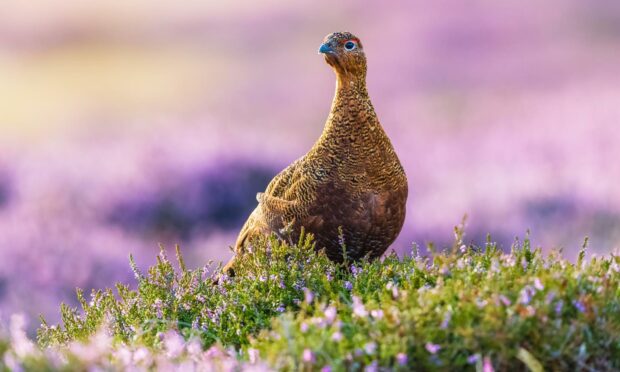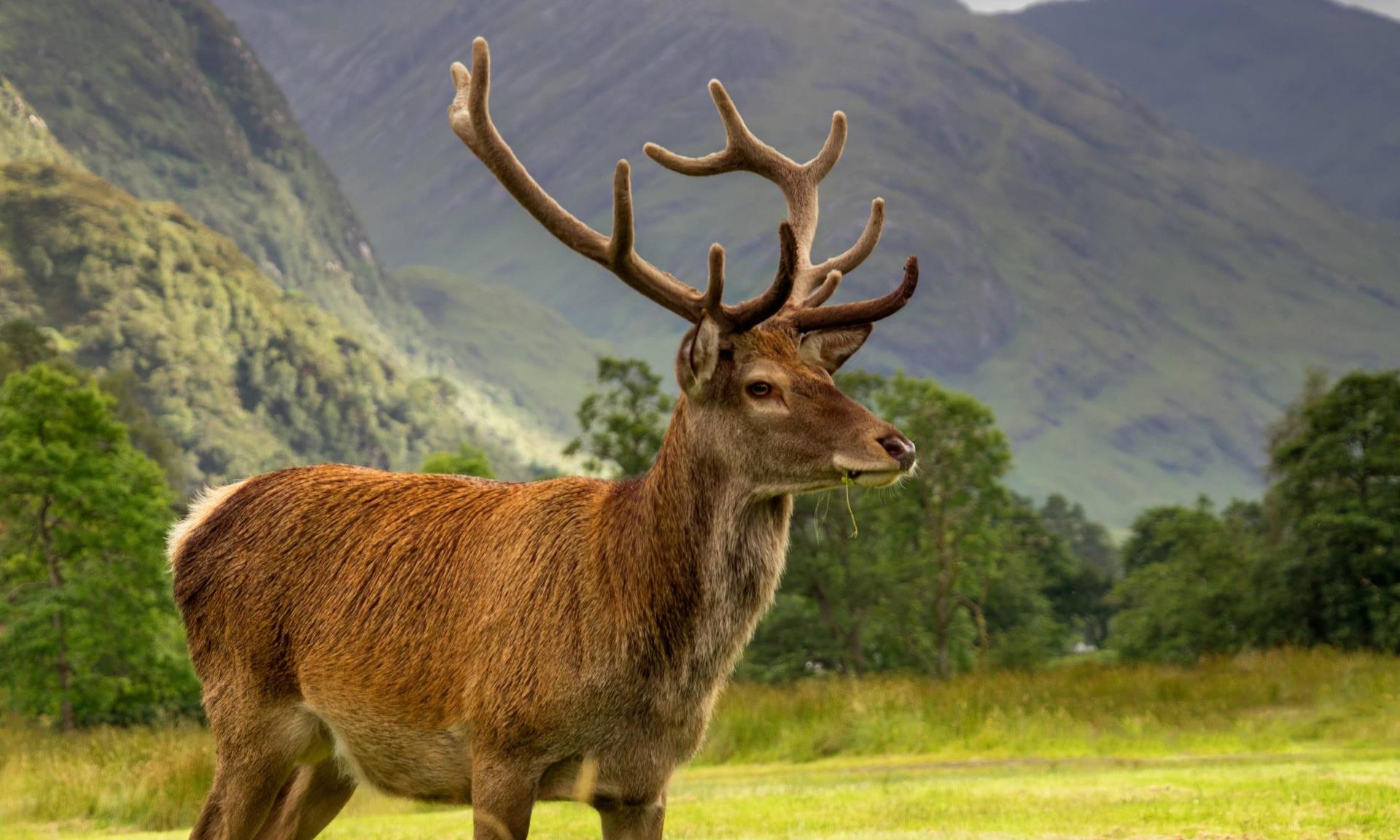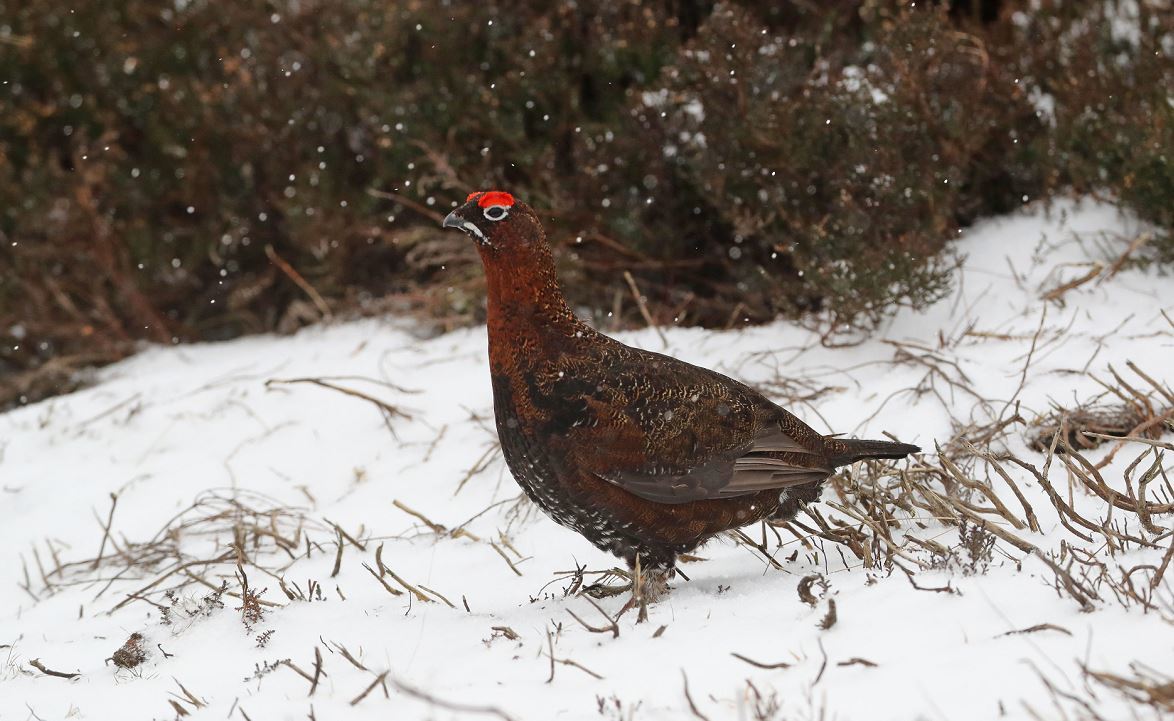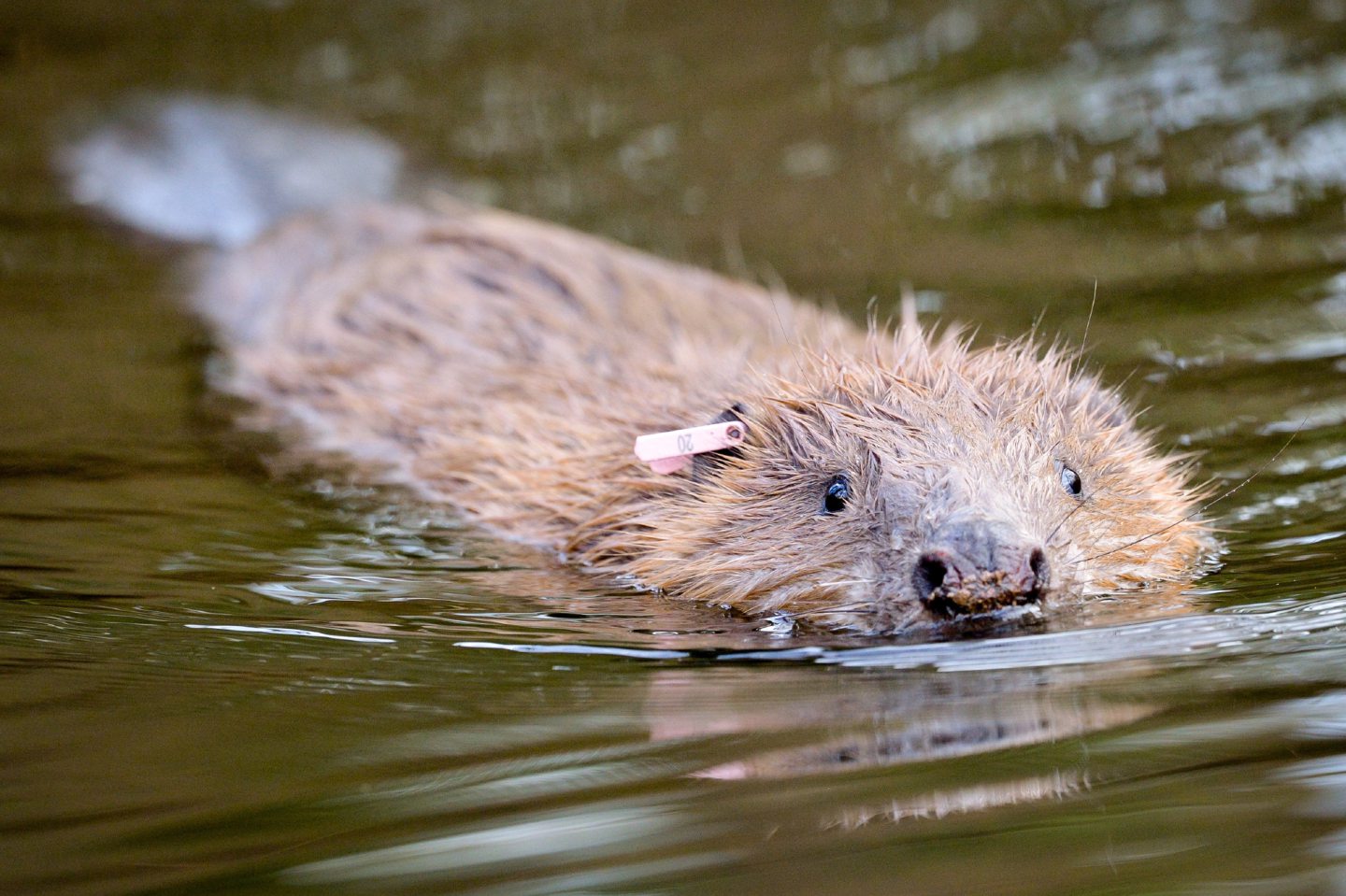We are approaching the so-called “Glorious Twelfth” which marks the day every year on which red grouse become “fair game” to shoot.
Amidst the many controversies surrounding the management of driven grouse moors, the shooting itself is rarely questioned. But it should be.
Humans are good at categorising other animals – pet, invasive, keystone, iconic, pest. Too often these labels serve to legitimise and enable cruel treatment of certain animals, as the “pests” on grouse moors know only too well.
Referring to grouse as “gamebirds” strips them of their own identity and categorises them as beings that exist to be shot. This is so ingrained in our culture that it is rarely questioned. But any time an animal is killed there should be a critical inquiry around why and how it is done.
All shooters must soon be fit and competent to shoot deer
The Scottish Government recently accepted many of the recommendations of the Deer Working Group, tasked with reviewing deer “management” (the ways in which humans kill or manipulate other animals to alter their impact).
One of the accepted recommendations is to ensure that anybody who shoots deer in Scotland is “fit and competent” to do so, by creating a register of people who have completed training and received certification.
The Scottish Animal Welfare Commission (SAWC) also approved this recommendation, stating:
“In relation to deer welfare, it is not acceptable that deer can be culled by anyone not deemed fit or competent, simply due to their land ownership status.
“Training should be encouraged to ensure that understanding of welfare and ability to minimise suffering are paramount. Thus, training should be required before anyone is permitted to shoot, not only from an animal welfare perspective but also in regards safety aspects of using a dangerous weapon.”
So why is shooting other animals different?
These are valid points and, while the SAWC statement is in relation to deer, it is difficult to understand why it should not apply equally to the shooting of any animal, including red grouse. It would be far better to not kill animals, especially if only for human entertainment; ensuring proficiency of those shooting, to minimise animal suffering, is the least that should be done.
The safety risks and potential to cause animal suffering are similar, regardless of the species being shot. If anything, the welfare risks are higher for grouse, who are smaller and deemed a “worthy target” for a skilled shooter, as their speed and erratic movements make them challenging to hit.
In many countries hunters must have a licence. The UK is somewhat of an anomaly in not having such a system
And it seems that shooting animals for “sport”, if allowed to continue, should carry at least equal obligation to shooting animals to protect ecosystems.
A requirement for all shooters to prove proficiency is not overly onerous, either. In many countries hunters (targeting any species) must have a licence. The UK is somewhat of an anomaly, within a European context at least, in not having such a system.
The Deer Working Group noted that when the introduction of competency requirements for deer shooting was first mentioned in the 1990s, there were concerns voiced that this would hamper the business of those who had inexperienced clients paying to hunt. Presumably the same protestations will be made at the suggestion to include all animals in the rules.
But such arguments are not justifiable. If this measure is deemed necessary to prevent suffering in deer (as it should be), there is no logical, ethical, or scientific reason that the same is not true for all species. Thus, any objections must be logistical, economic, political, or related to personal gain.
None of these are an acceptable basis on which to make life or death decisions. And, yet, as with other wild animal killing in Scotland, there is no framework in place to guide such decisions.
The way we treat our wild animals is often based on centuries of tradition, value-laden labelling, prioritisation of certain species, or human convenience or gain. In some cases, there are more legitimate and well-intentioned aims in “wildlife management”, but such projects should not have to persist in isolation.
A better way?
The Scottish Government has committed to introducing licensing of grouse moors. Shooter certification could perhaps become part of that new scheme. However, that would fail to account for the many other animals that are shot, including protected species like beavers and mountain hares.
An overarching strategy for decision making when killing (as long as that continues) or manipulating wild animals is much needed in Scotland, and it should include ethical review and animal welfare impact assessments at its core.
Amongst other things, such a strategy would ensure consistency across species, despite human labels or historic practices. It would help to prevent decisions becoming personal or political because the same framework would be followed in every case.
Introducing equality into our treatment of wild animals, and minimising the harm humans cause could be the first step in healing our broken relationship with them.
“Glorious” can be defined as “deserving great admiration, praise and honour”, “beautiful”, or “giving great pleasure”. Does that describe the way our wild animals are currently treated?
It is time to reclaim the word glorious – to remember and demonstrate what it really means.
Kirsty Jenkins is policy officer at OneKind, one of the member organisations in the REVIVE coalition for grouse moor reform




